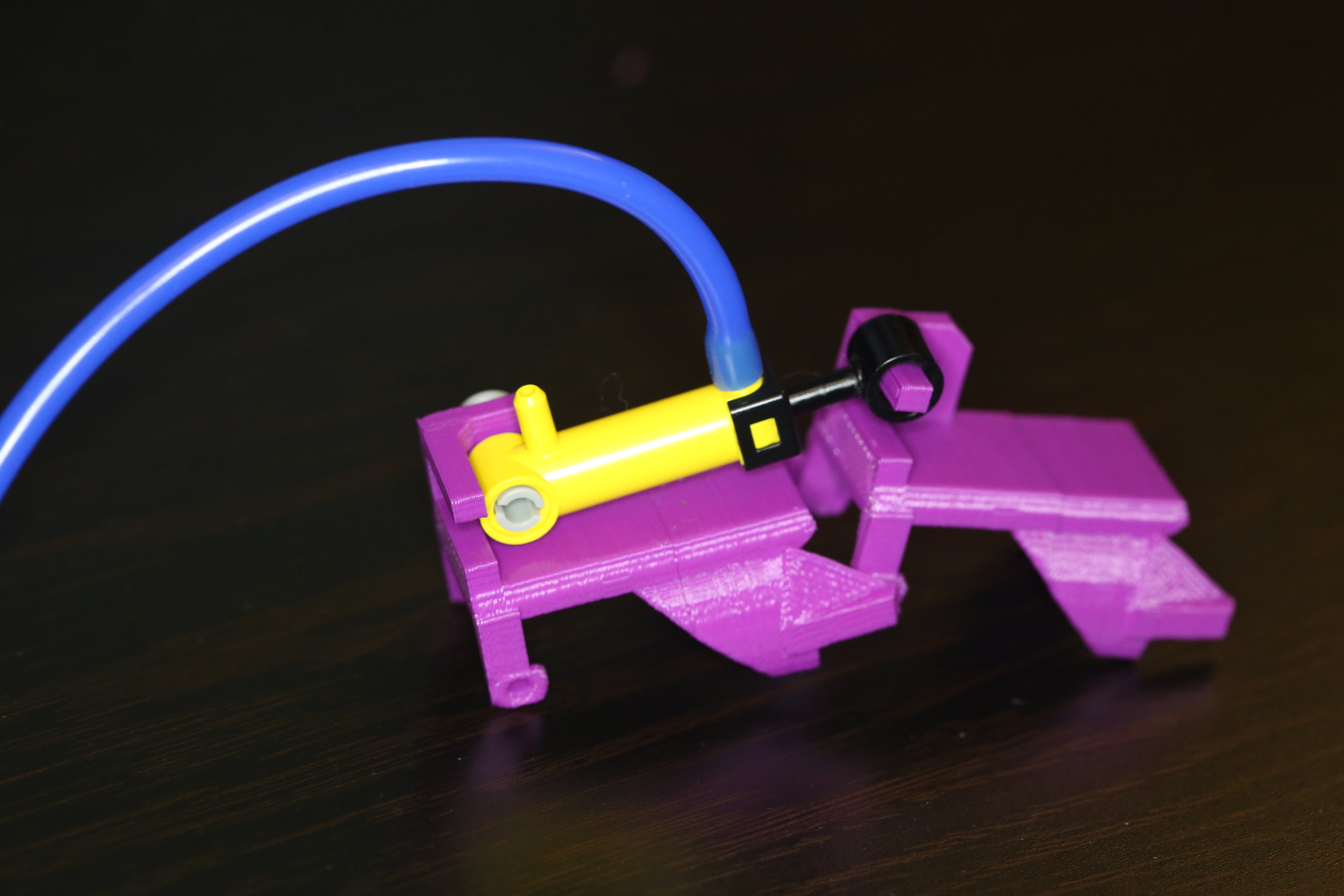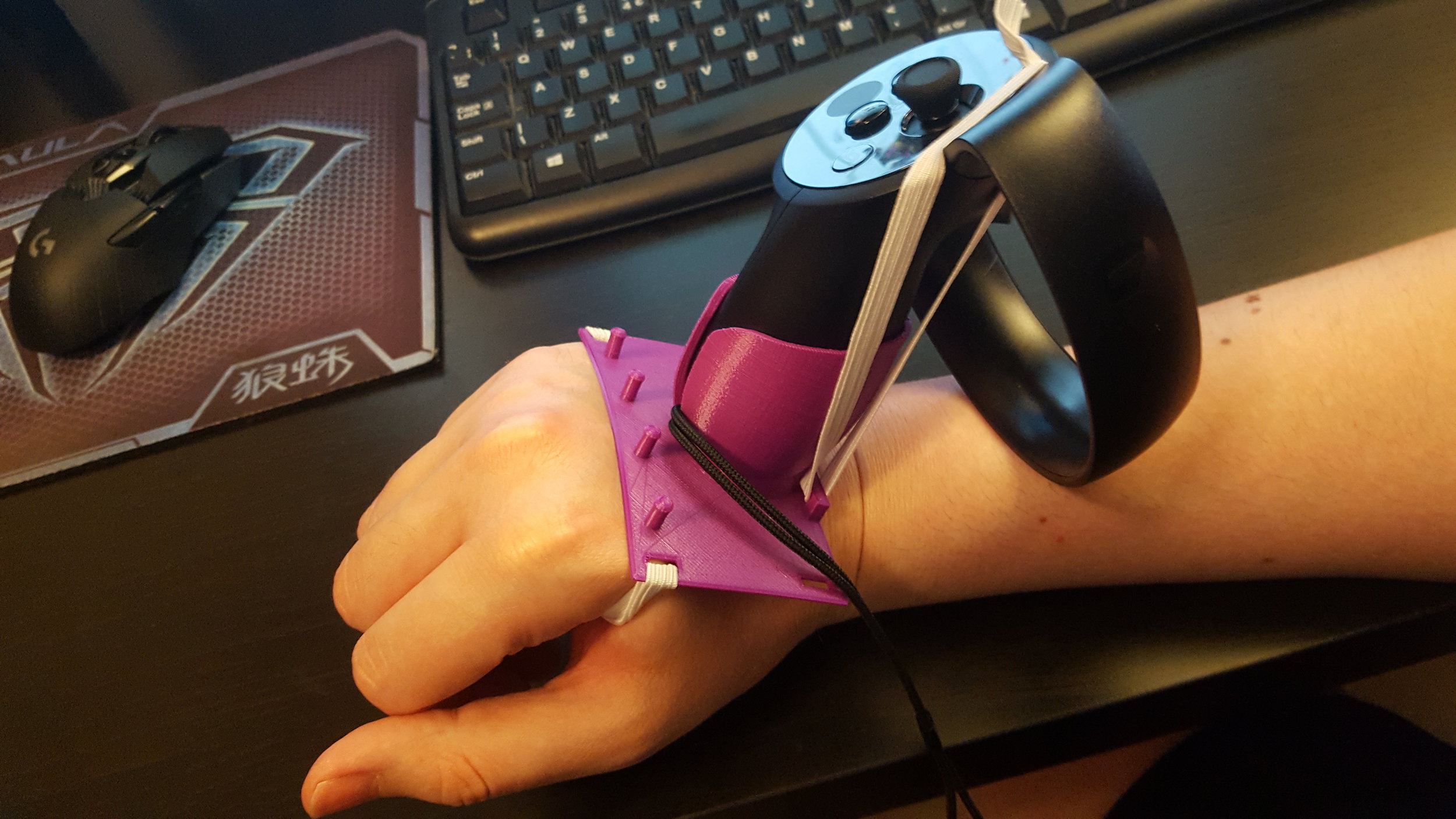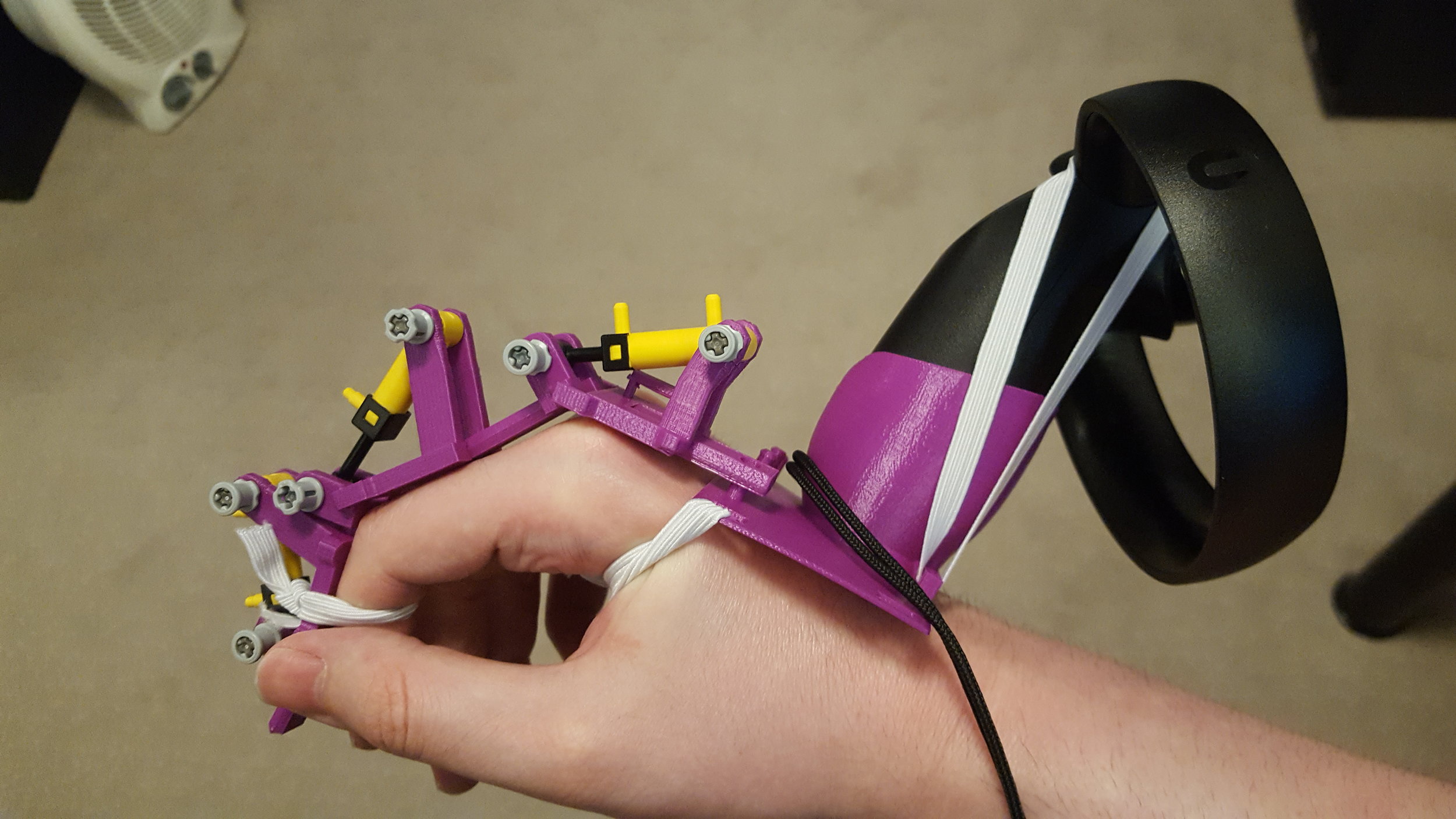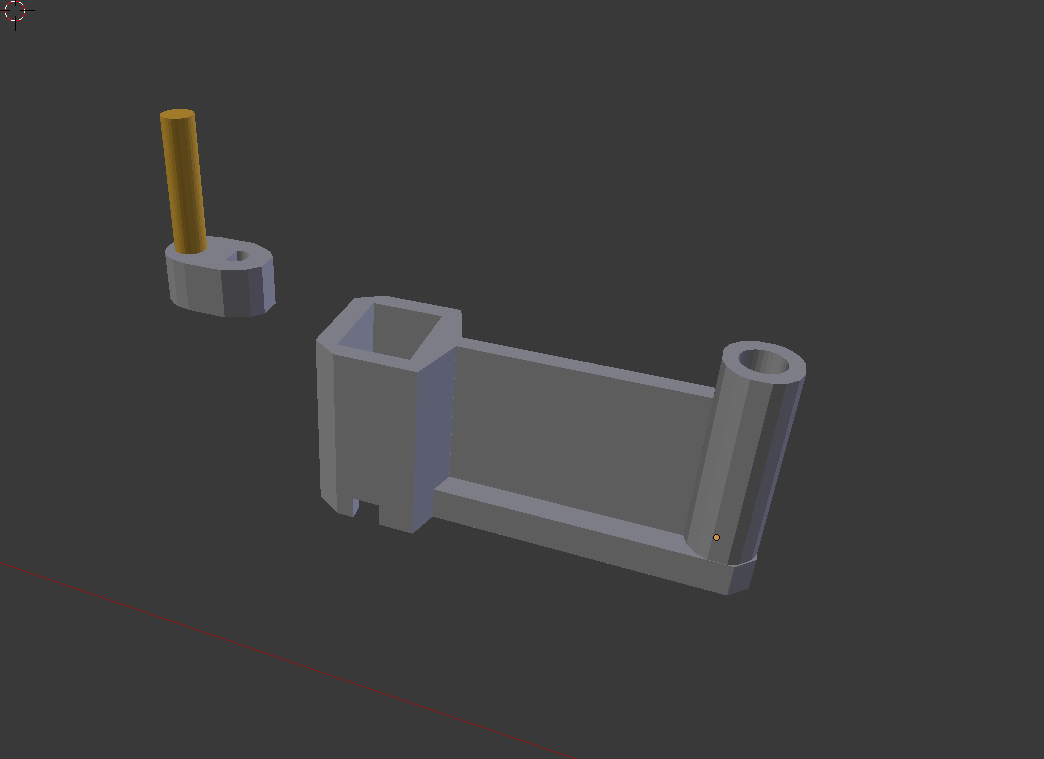With the success of the Quest and Quest 2 I’ve been looking at upgrading Starfighter Arduxim to work on that platform. I had a couple of false starts trying to upgrade from Unity 5.3 to something recent enough to support Quest development. Upgrading the project resulted in huge numbers of errors, and creating a new project and copying the assets and settings across had different but similarly bad results.
I tried the upgrade method again recently and persevered with fixing the bugs, and this time got the code to work as far as being able to start the menu scene. This was enough incentive to keep going and after a week or two, I now have a Quest build running using buttons and sticks on the motion controllers to control your craft.
Gamepads should still work though I need to add that back in. I considered adding virtual controls, i.e. grab an in-game throttle and stick and move them around, but I dislike the lack of feedback with that control scheme so I’ve dropped that for now.
I’m now working my way through the graphics of the original game to make them all look significantly better, as this was one of the main criticisms of the original release.
I plan to update the Rift and Steam versions first, then work towards a Quest App Lab release.


































